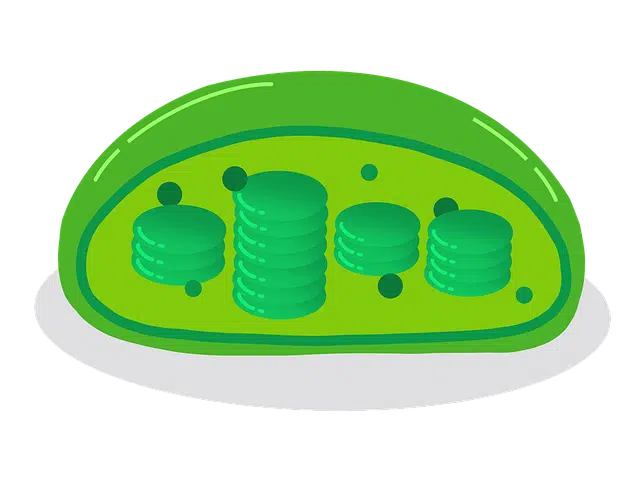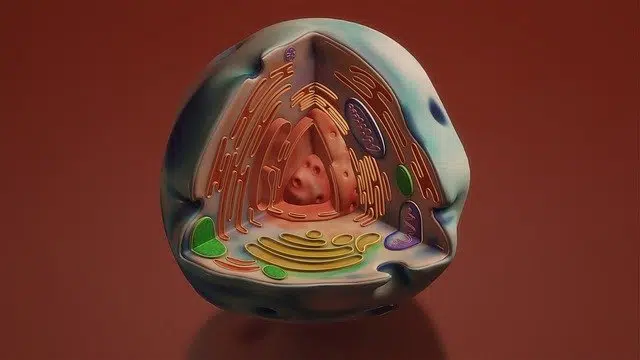
The cell membrane is a lamellar structure that covers the cell.
The cellular, plasma or cytoplasmic membrane is a lamellar structure formed mainly by lipids and proteins that covers cells and defines their limits.
Each cell is covered by a membrane called plasma, which prevents all the chemical content of the cell from dispersing. In turn, the cell is made up of various components; the lipids, proteins and carbohydrates that are properly grouped inside and each one fulfills a specific function. These are in motion and that is why the membrane has great fluidity.
Components of a cell
The composition of the cell varies according to the living organism of which it is a part, however in all the elements they are those mentioned above.
Lipids form a thin layer that waterproofs the membrane from the external environment, functioning as a firm barrier for water-soluble substances .
Proteins are suspended individually or in groups within the lipid structure and are responsible for forming channels that allow the entry of certain substances selectively . In this sense, the cell membrane enables the exchange of water, gases and nutrients between the cell and the environment that surrounds it. Therefore, the membrane controls the chemical content of the cell.
Carbohydrates are the third component of the plasma membrane and form the glycocalyx . These carbohydrates can be polysaccharides or oligosaccharides .

The boundaries of the cell are defined by the cell membrane.
Processes involving the cell membrane
The process by which the cell introduces particles or molecules is known as endocytosis and is carried out by an invagination of the cell membrane. If endocytosis captures particles, it is called phagocytosis . On the other hand, when endocytosis occurs with portions of liquid, pinocytosis occurs.
Exocytosis , for its part, is the cellular process that allows the vesicles found in the cytoplasm to fuse with the cell membrane and release their contents. Exocytosis occurs when an extracellular signal arrives.
It should be noted that, in osmotrophic prokaryotic or eukaryotic cells, such as fungi and plants, the membrane is located under another layer, which is why it is called the cell wall .
Functions and transportation
Among the functions that the membrane has we can mention: transport (exchanging matter from the inside of the cell to the outside), recognition and communication (when it is covered with a lipid layer, the membrane can interact with the outside without being modified. the internal composition of the cell and allowing complements to slide fluidly within the cell. The selective permeability of the membrane allows the cell to take what it needs from the outside and eliminate its waste without endangering its integrity).
Two types of transport take place within the cell, which are carried out, of course, through the membrane and are known as: passive and active transport .
Passive transport consists of a process of diffusion of substances through the membrane, sliding from spaces where there is a large amount of a substance to one where there is less or none. It occurs involuntarily and does not require external energy for said transport.
Active transport , on the other hand, is a process in which the proteins that slide need energy to do so and transport the molecules from one side of the membrane to the other.
It is necessary to add that all cells are supported in an aqueous medium , this is what allows our body to be flexible and, for example, we can move and breathe without difficulty, widening our organs or changing their visible shape.
